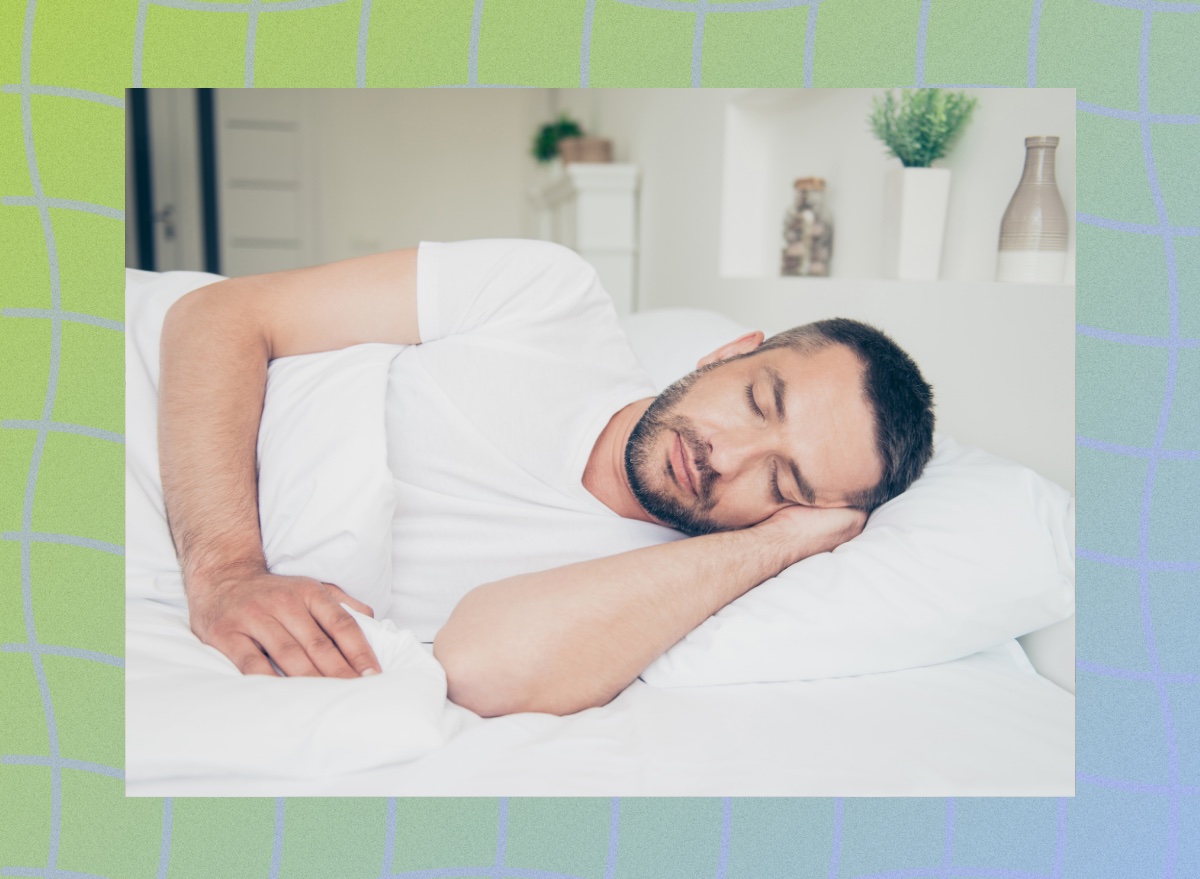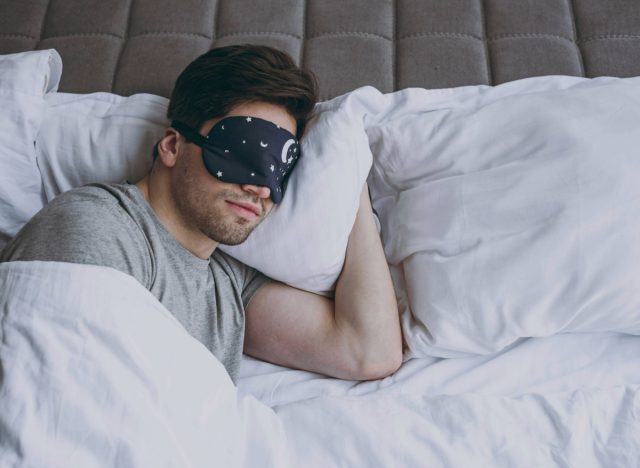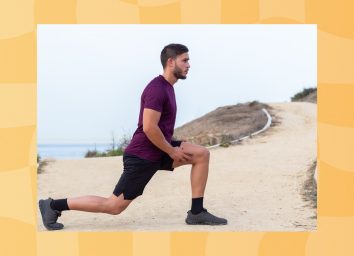People Swear by This Simple Ear Trick To Fall Asleep Faster, So I Tried It

Are you tired of tossing and turning at night, struggling to fall asleep? If so, you're not alone. According to the National Institutes of Health, one-third of U.S. adults don't get the recommended uninterrupted sleep for optimal health. Many of us are more stressed than ever, with hectic work schedules, busy family lives, and social expectations requiring our time and attention. So it's no wonder many of us find it challenging to unwind and drift off easily most nights. But what if there was a simple trick that could help you fall asleep faster and enjoy a more restful night's sleep?
According to a TikTok clip by Josh Hanson (@doctorhanson), there's a natural sleep hack that claims to help you fall asleep faster by stimulating a specific pressure point behind your ear. The spot is known as "anmian," and you can locate it by placing your index finger at the base of the earlobe and sliding it back until you reach a small notch just beyond the bony ridge. You then rub this area in a circular motion between 100 and 200 times, which is said to help you fall asleep faster by helping to relax your central nervous system.
"Massage the indicated area for one to two minutes, applying gentle pressure in a circular motion," explains Dorsey Standish, MS, a neuroscientist and wellness expert. "Always listen to your body—you can shorten or lengthen the time or vary the motion type to maximize your comfort. Practice the technique consistently for best results."
I decided to test this simple ear trick to see if it could actually help someone fall asleep faster. I performed this sleep hack every night for one week before going to bed. Read on to discover what happened and whether it's worth trying out yourself. Also, be sure to check out People Swear by the 'Scandinavian Sleep Method' for Better Sleep: 'It's Absolutely Amazing!'
How can this ear trick help you fall asleep quicker?
Standish tells Eat This, Not That!, "The anmian pressure point connects with branches of the vagus nerve, the tenth cranial nerve that receives information from the body and environment to regulate the autonomic nervous system. Vagus nerve stimulation activates the 'rest and digest' parasympathetic relaxation response. Massaging the anmian point stimulates the vagus nerve and incites the relaxation response, helping individuals reduce stress to fall or stay asleep."
As someone who occasionally struggles to fall asleep, I was eager to try this viral ear trick.
I value a good night's rest and sometimes find it challenging to fall asleep, so I was excited to try this simple bedtime hack. My typical nighttime routine involves winding down for one hour before crawling into bed by avoiding screens, doing 10 to 15 minutes of light stretching, and reading a paperback book.
I typically go to bed at 8:30 p.m. and wake up at 4:00 a.m. I also wear a sleep mask and earplugs, and I usually fall asleep within 10 to 20 minutes, which is a normal sleep latency period, according to the Sleep Foundation.
However, I sometimes find myself tossing and turning for an hour or longer before drifting off, which occurs about once every week or two.
I didn't notice any significant changes in my ability to fall asleep faster. However, this may vary depending on the individual.

I incorporated the anmian pressure point massage into my bedtime routine for seven consecutive nights. After stretching and reading in bed, I performed the massage as instructed, rubbing the area behind my ear in a circular motion 100 to 200 times.
The massage was quite relaxing and a calming end to my day. But despite my initial hopes, I didn't notice any significant changes in my ability to fall asleep faster. While the massage did help me feel more relaxed and possibly contributed to a slightly quicker onset of sleep on some nights, overall, I didn't experience a dramatic improvement in my sleep latency. It actually took me closer to an hour on the third night to fall asleep.
However, individual experiences may vary, and this technique may be more effective for others, so it's worth trying to see how it works for you.
- Source: What Are Sleep Deprivation and Deficiency?
- Source: Sleep Latency









